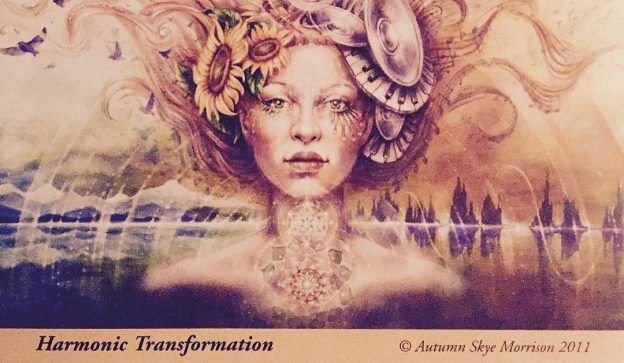To do lists. Email. Facebook. Appointments. Commutes. Packing lunch. Making that call. Hustling for that deadline. Ignoring the elephant of your sexless marriage, looming in the corner of the room. Feeling inadequate. Feeling like it’s too much. Like you don’t care. But also like you can’t stop caring. The frenzy of productivity and functionality. The busy. Is this what it’s really all about? Until we die?
This is it?
We know there’s more than this, and we feel that something is missing. Call it joy, call it connection, call it purpose. Hey, call it magic.
Somehow, we are disconnected from all of the sources of that more primal experience – ourselves, each other, and the planet. From the simplicity of life.
There is a level of wrongness to life on this planet right now that we have to almost laugh about to keep from crying. We distract ourselves with TV, cocktails, sports, and adult coloring books.
What’s gotten us here?
We have given the reins to our intellect. We fell in love with our minds, with the promise of expansion, growth, and accelerated evolution that led us down a path away from our essential selves.
Each of us has a yin/yang of energetic forces within, often described as masculine and feminine polarities. The active embodiment of both allows our highest power to manifest. We are moving through the culmination of an unconscious identification – on the part of men, women, and society – with the unbalanced masculine principal.
Personally, professionally, nationally, and planetarily, we have all bought into the mindset that tells us we are here to dominate, to win, to master, to fix. That includes our bodies, nature, and each other. Every man and woman for themselves. It’s the American way. I even identified as a feminist in this mindset. To me, feminism meant righteousness, entitlement, and more technology and science devoted to US. It meant The Pill, elective C-sections, and the HPV vaccine. The problem is that the more you live in this energy, the deeper you invest in it, the more you perpetuate everything about life and the world that you can’t stand. You become a part of the problem – one that can never be solved by applying more science and more technology to its own failures and limitations.
Suffering: The portal to your next chapter
We are taught that suffering is bad and to be avoided at all costs. Like it or not, we know better. We know that growth and personal evolution comes from moving through, and integrating hardship.
When it all comes crashing down – a new diagnosis, a job loss, a death – we see that we were never really in control, and were never really sufficiently distracted to begin with. Pain and fear become the walls of our self-made prison.
It’s all in that suspension before giving up, when you realize that you still have a choice to engage with grace. That choice is called surrender. From there, we actually choose to accept what has been thrown in our path, we are forced to surrender to the reality that we are only here for the ride. We are dancing with the unfoldment, and we suffer more if we insist that reality should be different than it is. If we feel into this truth, and allow pain and struggle to move through us, then our lives explode with possibility, synchronicities, and life force energy like an untapped geyser.
This is the transformational process I’m all about. I consider it my business to usher women across this threshold, to help them see that they can walk through the fire. It’s crazy beautiful on the other side.
Take it from me. I used to be uptight, controlling, hypercritical, and generally agro. I fought and scratched my way to the top. I had palpitations, was tired, hungry and irritable all the time, and I pooped about once a week.
Then life delivered me one unexpected challenge after another – health, deaths, losses, relationships, and it became pretty clear that my old tactics of controlling the narrative were coming up short. Time and again, my mind was caught with its pants down – what the hell do I do? The consummate planner and prepper, I began to understand that I was playing a very different game than I thought I was. For this game, I needed a critical ingredient – trust.
I was given the gift of an autoimmune disease – Hashimoto’s thyroiditis – the natural healing of which showed me that I hadn’t learned the whole story in medical school. They never told me diet could reverse a chronic disease?!
And of course, at around the same time, I began to lose some faith in medicine that I had invested a religious level of commitment. It was shaken. It began to be poked at from multiple different angles. I came across books that began to undermine my belief in the science of psychiatry that I had “mastered” up until that point. I began to question some of the more fundamental elements of medicine around germ theory and the importance of suppressing and managing symptoms.
I let the house of cards crumble. I felt scared and even hopeless that I had been taught and told a pile of lies about how to feel “good.” I had been told that my annoying body could be medicated into cooperation and that if I just kept my life in working order, I would feel ok. Wrong. There’s more to the story and the truth is a portal to an experience of realness, vitality, and freedom you might think is the stuff of movies.
Now, I don’t experience stress. Literally. Nothing tweaks me on an existentially level. An Irish/Italian big-mouth, I still have lots of opinions, but I’ve learned to hold them gently and to remain curious and open. I feel like a million bucks, and I love life. I sometimes, literally, weep from the sheer beauty of it. Me. The formerly hardened atheist, feelin’ the love.
This is what I want for every woman on the planet today. Come. Into. Alignment. Feel free. Feel clear. Just feel alive.
The work of transformation
I take women off of meds. I watch them get clear and get real.
First we heal their bodies.
Through this experiential process, they are reminded of a deep truth – my body has the capacity to heal if I get out of the way and choose to support it, to speak to it in a language it understands, i.e., whole foods, clean air, water, sunlight, rest. Once my patients see that these healing tools were under their nose the entire time, they realize their own agency in their health experience. They begin to take back what they gave away.Their minds are freed.
This is where it gets fun.
I have patients who leave their husbands, up and move to Europe, adopt babies, and become spiritual teachers and healers. They look at, confront, and integrate all that stuff that seemed way too scary to acknowledge when they were in the old mindset.
We’re not in Kansas anymore, and the truth is that all we had to do was click our heels to get home.
Once you open this Pandora’s box, you might find that it’s a wild and wonderful place, richer and deeper than you thought possible when you were just skimming the surface, afraid of the other shoe dropping on your tenuously constructed house of cards.
Here’s what I need you to do if you feel a Yes inside to these ideas.
1. Remember: what we used to know
Imagine someone who is vibrantly healthy. Do you picture her medicine cabinet filled with prescription drugs? Do you see her groping for her morning coffee to kick start the day and “unwinding” every night with a glass of wine – or three? Do you suppose she eats Fruit Loops for breakfast and Pizza Hut for dinner?
Probably not.
Most of us have a sense of what true health is but have lost the roadmap along the way. We know that food matters, but we’ve been inundated by manipulative, mixed messages.
Here’s the thing. We need the nudge to snap out of it. We need to remember what we have forgotten. This is called, waking up. It makes sense, doesn’t it, that we can’t outsmart nature. It makes some deep sense that just when we get arrogant with our technology, science, and medicine, we’re probably in for a rude awakening (remember doctors prescribing cigarettes, DDT is good for me, and thalidomide?).
“When we know better, we do better,” as Maya Angelou said. But in order to do better, we need to know.
So get informed of the fuller picture. Find sources you trust to ferret out the truth. Sources that understand that science’s most laudable application is in the reflection of the unimaginable elegance, awesomeness, and sophistication of the natural world and our incredibly complex bodily organism.
Allow yourself to get pulled back to the Continuum – what your body, mind, and spirit expect after several million years of evolutionary history. It’s really only arguably the past maybe 150 years (but certainly no longer than the past several thousand) that we have largely deviated from what indigenous folks have been doing and continue to do in certain pockets of the world for those millions of years.
What happens when a baby is born surgically in a hospital, fed formula, vaccinated, thrown a bunch of antibiotics, put in a quiet crib down the hall by itself to cry it out living in an environment full of industrial chemicals and fluoridated water and all the rest of this cataclysmic nightmare, you put that experience up against the continuum expectation that that baby had, you understand why the body is constantly seeking what it’s missing.
And part of that Continuum Concept is this little voice inside that something just isn’t right. It’s a little feeling most of us carry around that something is just off. We’re missing something, we’re longing for something, or we’re wanting something that we just don’t have.
I think many of us, when we learn about indigenous tribes in South America or Africa, for example, we have this sense that they have a life experience that may seem difficult relative to our hot showers and sewer systems, but there’s something almost magical that we have no access to that they get to indulge in every day.
And we, of course, know now through scientific exploration that they enjoy a state of health and freedom from chronic disease that we can barely conceive of.
That’s why I love what’s happening in science today and all of the literature that I follow. It’s so profound that it really just echoes this ancient wisdom. It’s like science is finally catching up or attempting to catch up with the validation of what people have known through their own evolutionary wisdom for literally millions of years.
2. Renew: your body
The incredible thing is that you can trash your body for decades, and you can still get a pass. I’m living proof, and so are my patients who heal, in months, the damage they’ve wrought over years. The body wants to be well and the most powerful way to heal is through your diet. Food is information. It sends signals to your brain through your gut, eases your hormones, and chills out your immune system. It truly is the magic pill you’ve been looking for. A month of dietary change is the most worthwhile challenge you will ever put yourself up to. I can almost guarantee it. In A Mind of Your Own, I walk you through a month-long healing plan that gets you breathing, moving, sleeping, detoxing, and loving whole food. Begin again.
3. Rediscover: the tools to bring you home
It turns out that coming into fuller alignment with the potential richness of your human experience – endless energy, vital body, clear mind, deep emotions, and of course, a fiery libido – may just be a matter of using some ancient technology to touch down into that space of soul-connection. You know that “oneness” everyone is always parroting seemingly pseudospiritual nonsense about? Well, it’s real, and it’s the only thing that is real. We are all connected like drops of water in the ocean, and the sooner you really feel that, the less afraid you’ll be of life.
There are lots of ways that women can work to cultivate that feeling of merging. I’ve watched as plant medicines like ayahuasca have ridden a zeitgeist of desire for consciousness expansion. You could meet a shaman lover to take you to places you never knew were inside yourself. You could make music with a spontaneously collected cohort. You can use my favorite toolkit – kundalini yoga – to tour the recesses of your bodymind and move through stored trauma and emotion as you release fear and feel radiant joy. Seriously, it does that. You could walk in nature for an hour or two. No phones, no pen, no books. Just walking and taking it in.
4. Reclaim: a life led by you
When you can begin to come from this space of awe, gratitude, and beauty, you’ll stop making decisions the old fashioned way. You’ll just wait and sit patiently until it becomes clear, and then you’ll know what to do.
My heartthrob, Alan Watts, uses the example of a heron looking out over the water. If it is searching for a fish, darting its head here and there and all around trying to catch the moment of one in it’s sightline, this is the Mind. If, however, it sits easy and calm, and takes in the entirety of the landscape, it will easily zoom in on a ripple in the water when one arises, channel its energy and capture the fish. This is Intuition. It is a powerful gift.
Stress melts away when you operate from this space. My patients tell me the feeling that grows inside them is “I got this…it’s going to be fine.” But you have to guard this lifestyle pretty fiercely. You have to resist criticism, derision, and your uncle who says, shouldn’t you be taking your meds? when you push his buttons. When your husband gets “freaked out” because you have an emotional release or feel rage, you have to be clear that this is the new deal. Let it move through.
In this way, reclaiming can be as simple as Just. Do. You.
One of the most powerful and healing concepts is that of vibrational resonance. If you stick to what you know, honor it, and continue the work of trusting the process, you will change the world by simply waking up every day. Science confirms this.
5. Release: the ties that bind
We hold onto people, places, and things like holding onto a rock when we are floating through space. They are illusory securities and our only task, every day, is to watch where we are gripping and let go. Let go over and over and over again.
The best antidote to this is the feeling of gratitude. I remember my skepticism when I first read the data from Heartmath Institute about gratitude’s potential to bring the heart, lungs, and brain into electrical resonance or “coherence.” But it turns out that there’s something powerful about this feeling. Try it. Focus on your heart, choose a soothing color and imagine it misting out from your heart onto the elements of your life you are most grateful for. The roof over your head, your two legs, your children’s sticky hands, your iPhone. Just feel it.
The new medicine: Feminine Medicine
You’re going to begin to hear these concepts and ideas all around you like an echo chamber. You’re going to begin to see the world – politics, economics, and medicine – aching for the feminine principal. In fact, medicine, real medicine, is already going there.
No longer are there false boundaries between body parts and areas. No longer is the mind separate from the body. No longer can we war against germs because they’re in us. Medications and hospital care are killing us. We are up the wrong creek, a creek we needed to travel, but now we’ve got to redirect.
We have to work with our ecology, with our perceptions and beliefs, and we have to reconnect to each other and to nature. The non-incidental poetry in that is that we are ourselves best off if we think about each other as being fundamentally connected and ourselves as being fundamentally connected to nature.
The establishment feels this upsurge and they are throwing grenades from their bunkers. Desperate to protect their monied ties to industry, even the American Academy of Pediatrics is coming out with gems like, “we have to stop referring to breastfeeding as natural.” You’ve gotta love it. The more absurd their claims, the stronger the Truth stands in its regal realness.
Women are the natural ambassadors for this new story of Interbeing, as Charles Eisenstein refers to it. Perhaps because we have thicker corpus callosum that allows us to inhabit the intuitive and the rational with facility. Perhaps because we are responsible for moving nature through our bodies into our babies. Perhaps because we cycle with the moon. Perhaps because our primal power, our Adi Shakti is not to be messed with, and will always rise up from the ash with a fearless resonance that brings everything into proper alignment. But we need men with us on this path. We need their feminine principal awake and alive, and we’ve got to walk together into this transition. We also need you on the path. You comin’?
The post reFemme: 5 Ways to Get Your Groove Back, Your Power On, and Your Femininity Radiating appeared first on Kelly Brogan MD.


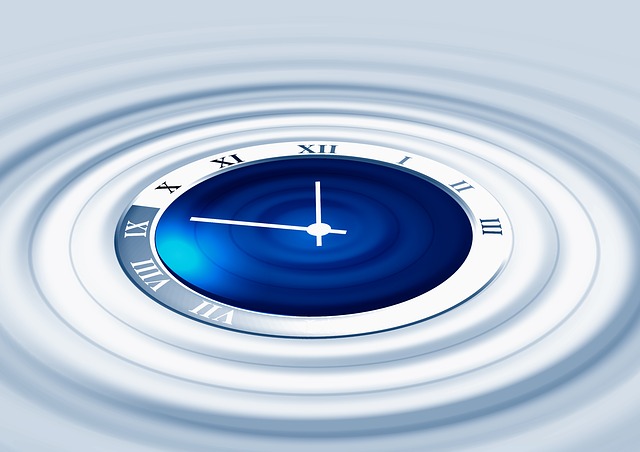
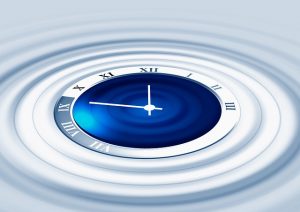
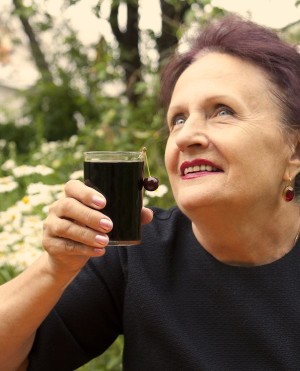
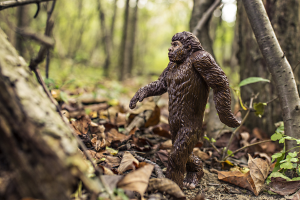

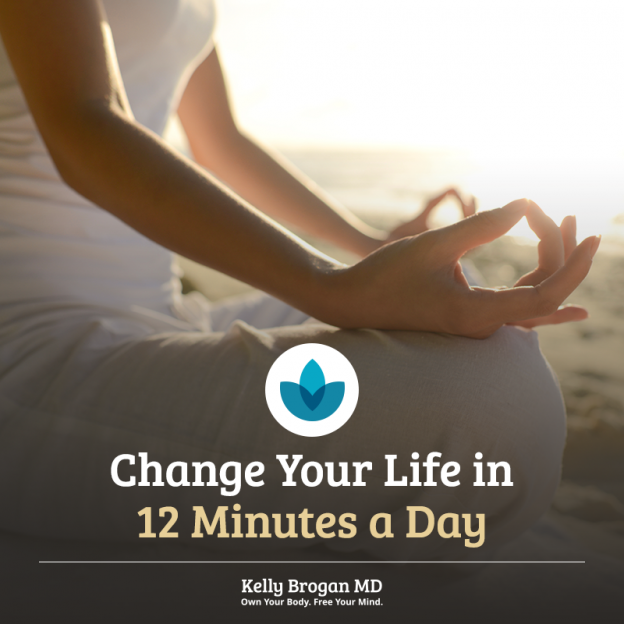
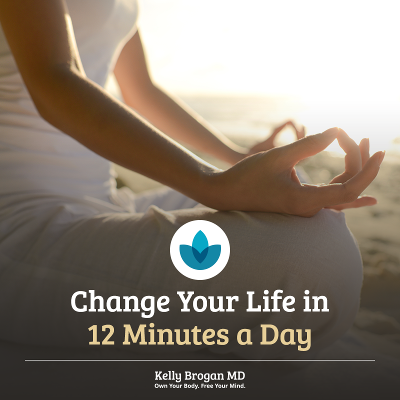 You’d probably think I was running an infomercial if I told you about a simple intervention that:
You’d probably think I was running an infomercial if I told you about a simple intervention that: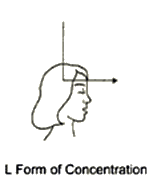 Repeat the Saa Taa Naa Maa sounds (or mantra) while sitting with your spine straight. Your focus of concentration is the L form (see illustration), while your eyes are closed. With each syllable, imagine the sound flowing in through the top of your head and out the middle of your forehead (your third eye point).
Repeat the Saa Taa Naa Maa sounds (or mantra) while sitting with your spine straight. Your focus of concentration is the L form (see illustration), while your eyes are closed. With each syllable, imagine the sound flowing in through the top of your head and out the middle of your forehead (your third eye point).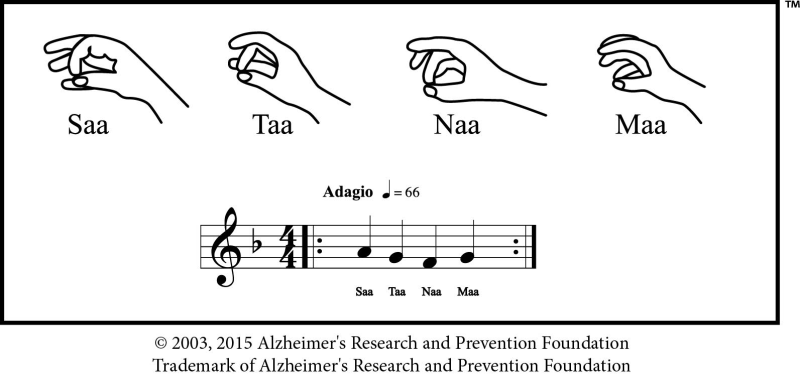
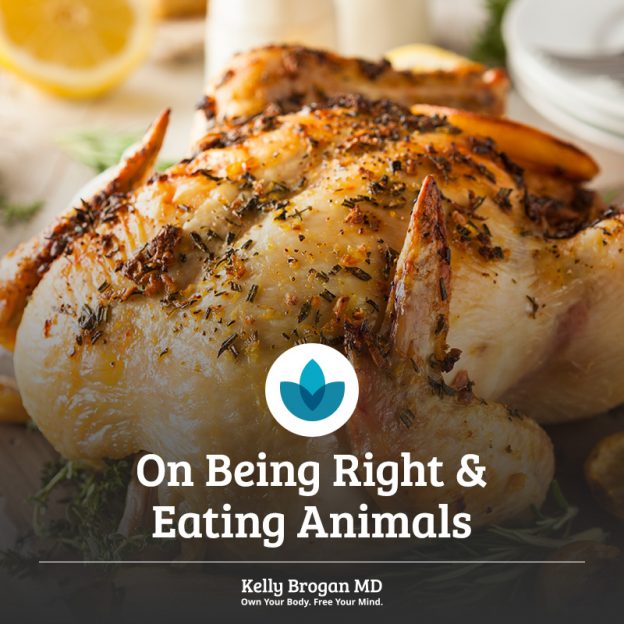
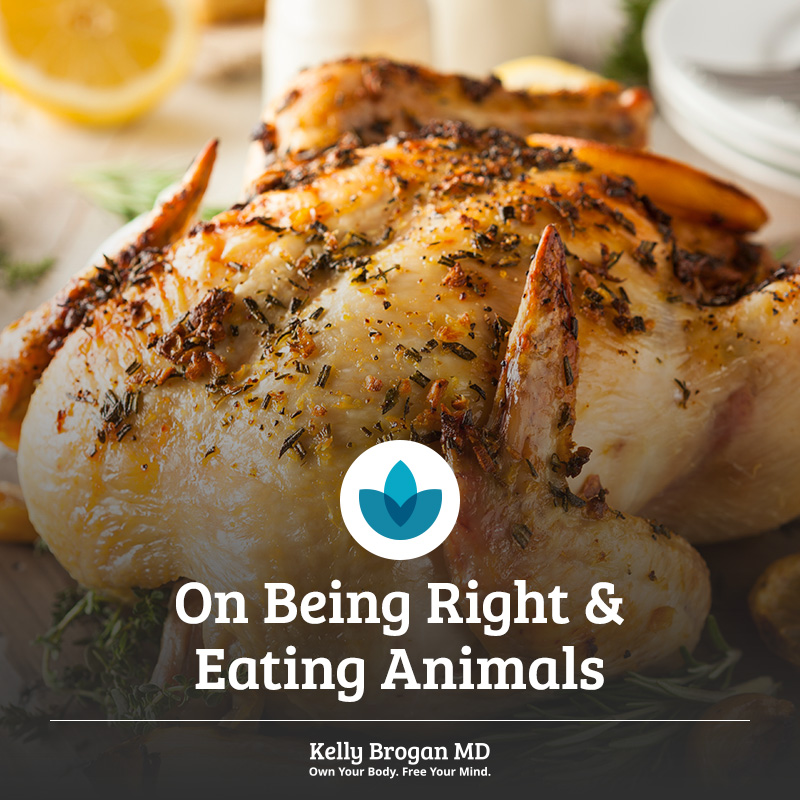 I’ve always been allergic to dogma. In any institutional setting – educational, religious, medical, and most definitely, airport! – I find myself developing hives and hot flashes whenever I need to follow rules that make no sense. I made a beeline to self-employment. To me, rules for rules sake tend to represent, at their core, a fear-based attachment to “safety” over freedom.
I’ve always been allergic to dogma. In any institutional setting – educational, religious, medical, and most definitely, airport! – I find myself developing hives and hot flashes whenever I need to follow rules that make no sense. I made a beeline to self-employment. To me, rules for rules sake tend to represent, at their core, a fear-based attachment to “safety” over freedom.